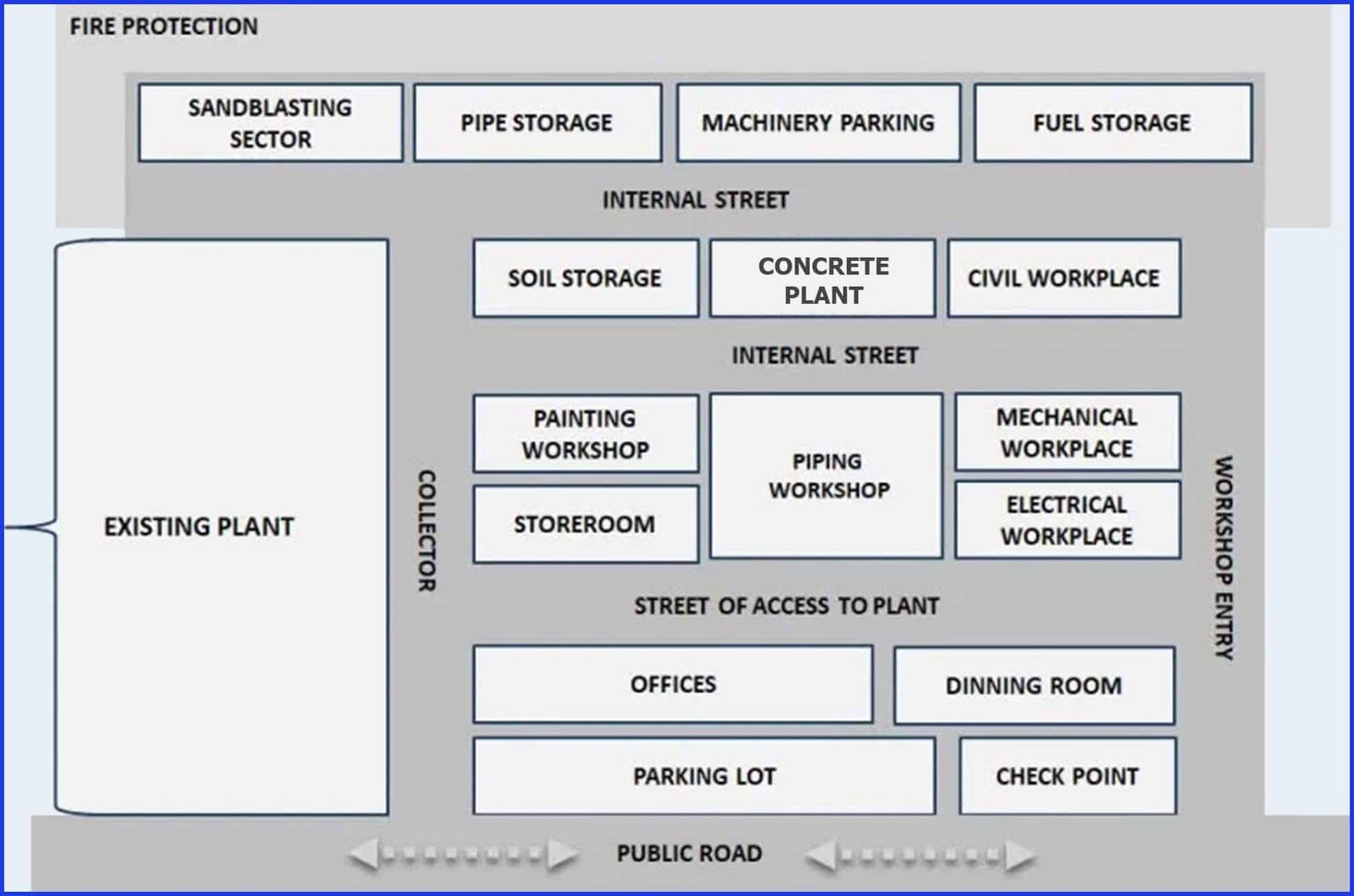 How to estimate other indirect costs of the Project.
How to estimate other indirect costs of the Project.
Analysis of the items to which the estimator assigns a defined cost.
The magnitude of these costs can be significant, and their amount depends on the characteristics of the project, its location, and the requirements determined in the bidding documents…
We categorize some of these costs as logistics costs.
As an example:
-Assembly and disassembly of workshops.
-Mobilization and demobilization of construction sites.
-Search of existing underground facilities.
The costs of assembling and dismantling workshops, and those corresponding to the mobilization and demobilization of construction sites, are items in the project schedule to which the estimator assigns its defined costs.
Also charged in this phase is the indirect labor to be consumed on the construction site during the work in the services of cleaning, serene, daytime surveillance, maintenance, etc.
How to Estimate other Indirect Costs of the Project – The Layout of a Typical Workshop
As an illustration, we show the layout of a typical workshop.

In the layout, we can see, for example, how to arrange the different sectors of the work-site to achieve a rational use of the area.
We usually agree on the layout of the workshop upon through meetings between the interested parties, i.e., the client, the contractor company, and safety and environmental managers.
In the case of a plant expansion, the plant operators take part in the meetings.
In the areas showed as offices, the containers are suitably equipped for the contractor and the customer’s inspection.
In general, the sandblasting and painting areas are protected laterally to avoid contamination, and the prefabricated sector is a shed that protects the workers from foul weather.
On the periphery of the work-site, perimeter spaces free of combustible materials are left to protect against fire.
Security and environmental personnel supervise the maintenance of order and cleanliness in the work-site sector.
Search of Existing Underground Facilities
Another specific element in the project schedule to which the estimator assigns a defined value is the expense incurred when it is necessary to locate pre-existing buried facilities.
In general, it is common for pre-existing constructions to have signaling defects about burying elements. This frequently occurs for cathodic protection cables, grounding cables, and irrigation pipes and to a lesser extent for process pipes.
When a plant expansion or renovation is to be executed and before the start of fieldwork, we should review all information on the plant in operation to verify the location of existing buried facilities to define what interference may occur.
To release sectors where there is a suspicion of interference because of the existence of poorly marked buried materials, a manual trench is made, arranged in grids, to the depth where the new elements are to be placed.
This trenching in places with the risk of fire or explosion is executed with anti-spark shovels.
Metal detectors, digital electric current trackers, etc., are also used to find out the position and depth of metal obstacles and underground power and signal cables.
We turn all the records of these explorations into drawings that are signed by the parties in conformity signal, before the beginning of any underground activity in the sector.
View the next article on how to Calculate Overhead Costs
How to Estimate Other Indirect Costs of the Project – Calculate Man Hours
